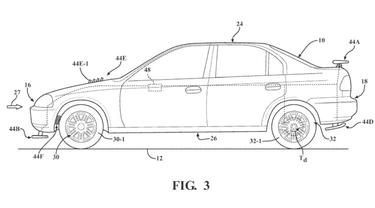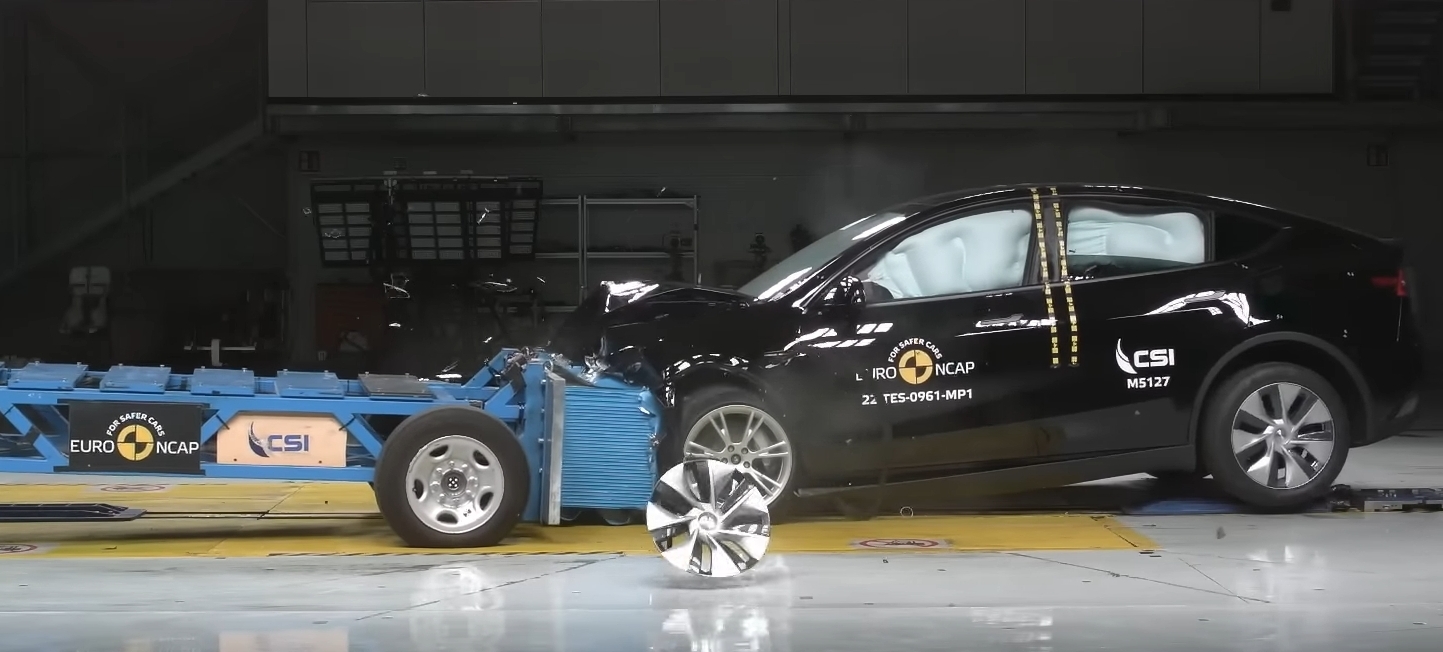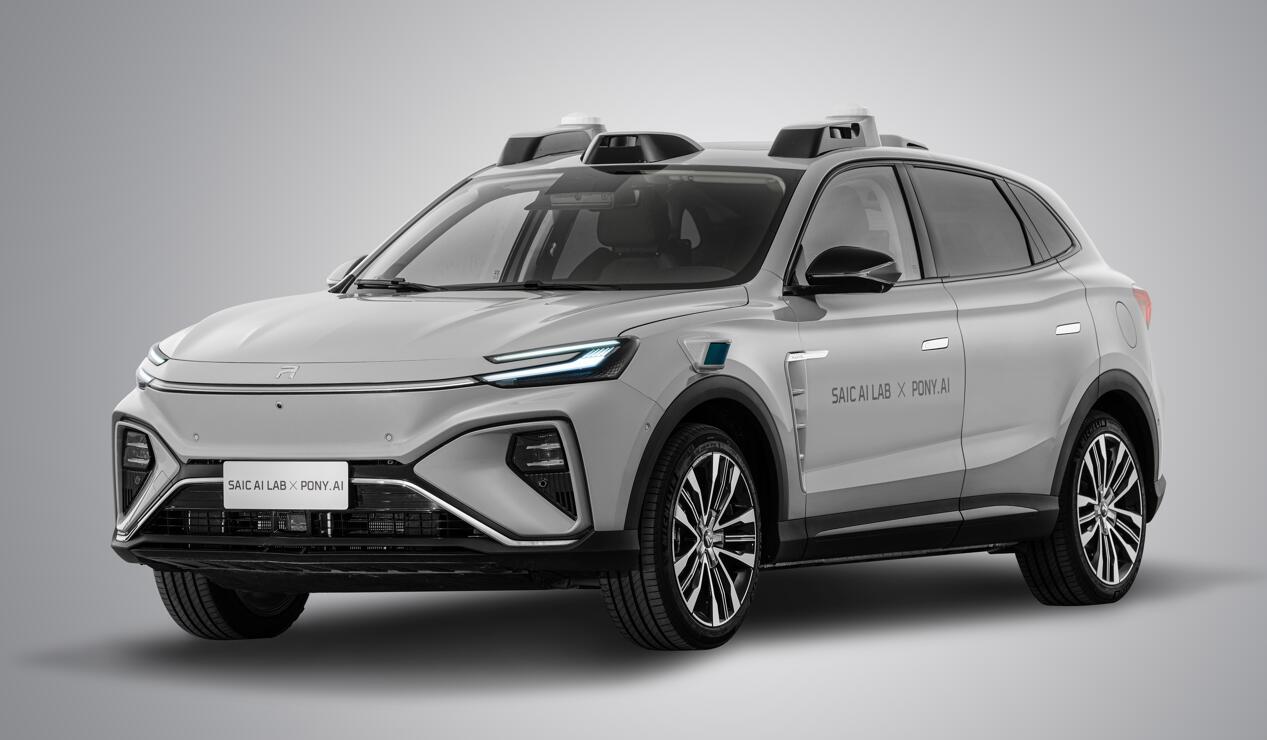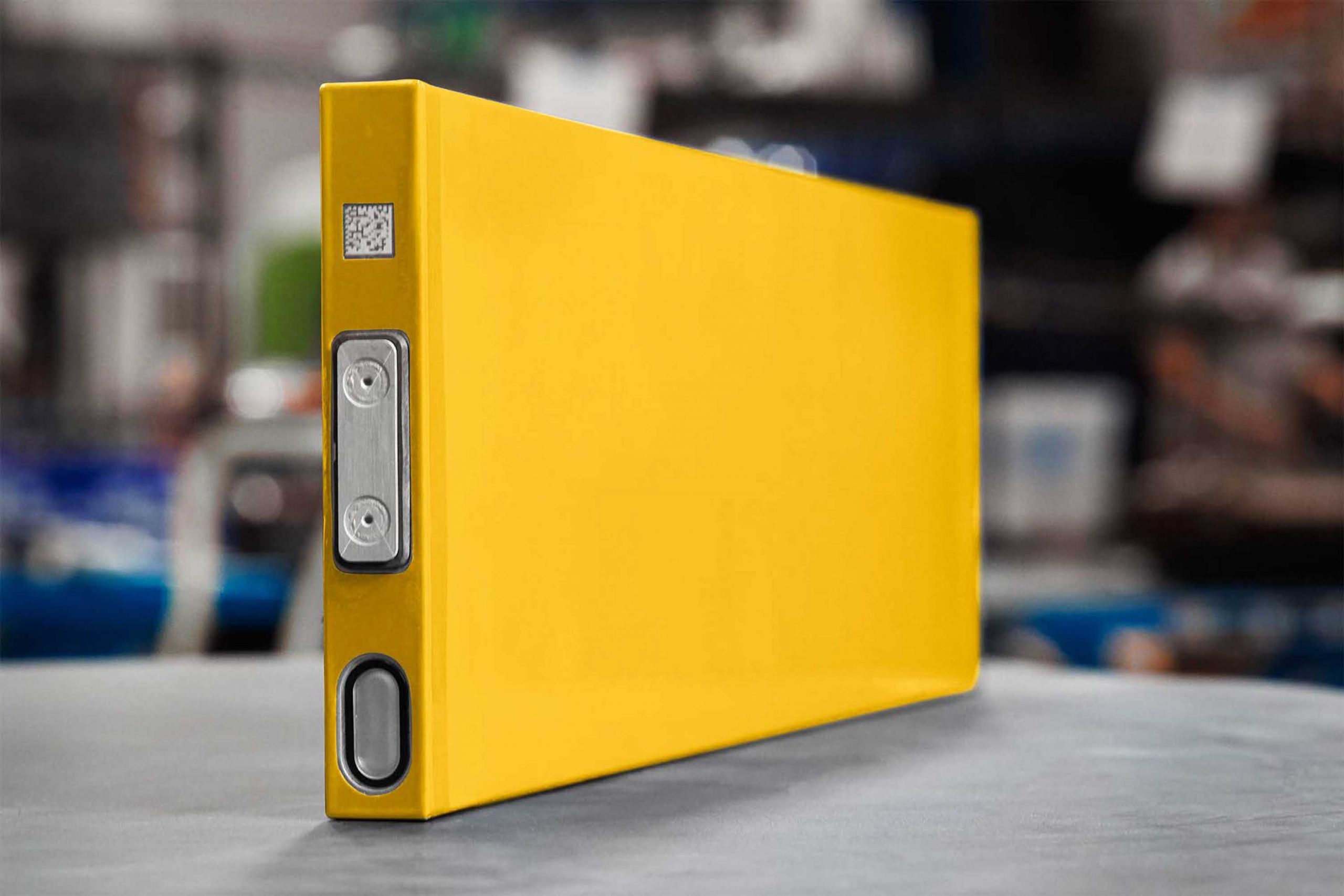Hydroplanning is often experienced by car drivers and is one of the factors in accidents during rainy weather conditions. Car tires that do not tread perfectly onto the contours of the asphalt or concrete, cause the car to lose control and cause accidents.
To provide anticipation regarding the hydroplanning phenomenon, General Motors (GM), began to patent the aerokit technology that can stop the car when it experiences an incident.
The patent design, entitled ‘Contol of Vehicle Aerodynamics Force for Hydroplanning Mitigation’, describes a way to stop a car affected by hydroplanning using the car’s aerodynamic design.
“Adjustable aerodynamic assist elements can be in the form of a position-adjustable spoiler, a position-adjustable splitter, an extendable air dam, an adjustable-position diffuser, an adjustable dive-plan, a front wheel radiator intake or exhaust opening , and a variable-position shutter,” General Motors said in the patent design.

At least, from the statement given by the manufacturer, this implies that anything that affects the airflow around the car can be used to try and control the attitude of the vehicle.
In fact, other car manufacturers have patented systems to detect or prevent hydroplanning in the past, but none of them have used aerodynamics against it.
GM offers several vehicles with aerodynamic devices such as wings and splitters that might work.
The logic behind setting it up is pretty simple. Hydroplanning is detected through data collected from various sources, vehicle wheel speed sensors and brake pressure data are explicitly stated.
If the data explains that the car is hydroplaning, it will move the aerodynamic device to the position where it applies downforce.
As a result, this will press the tires that were not treading to regain grip and return the car to a state that can be controlled by the driver.







